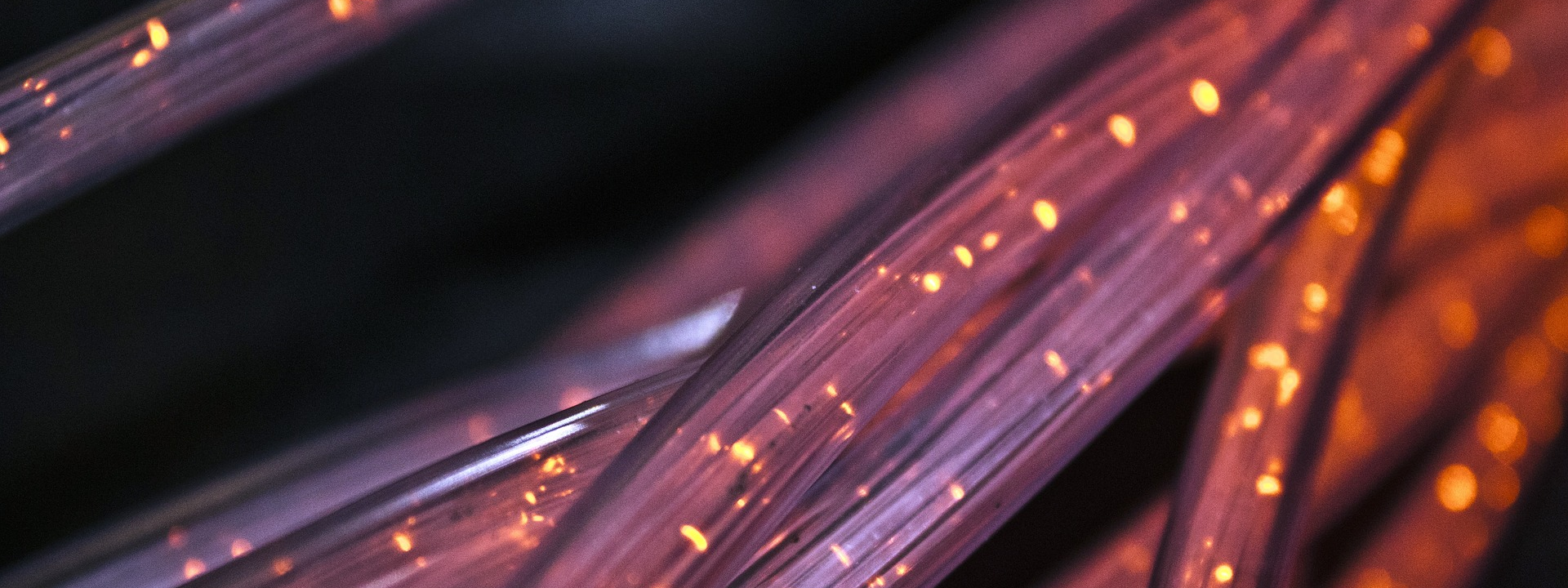Introduction
Conducted (or physical) media is one of the most common methods for data transmission. This method requires physical wires in place. Twisted pair wires and coaxial cables are two common types of conducted media. “The newest member of the conducted media family [is] fiber-optic cable” (White, 2016, p. 62). Single-mode fiber optic is a lightening fast, yet expensive, type of conducted media. In this paper, we will compare and contrast category 6 unshielded twister pair wires, coaxial cables and single-mode fiber optic.
Category 6 Unshielded Twisted Pair Wire
Twisted pair wire comes as two or more pairs of copper wires encased in a plastic insulation and twisted together. They are twisted together to avoid crosstalk (See figure 1). Crosstalk is described by ComputerHope (2017) as “Electromagnetic interference received by one or more wires”. Category 1-7 is a specification to identify different categories of twisted pair wires. Shamai and Kalet (1990) argue that twister pair wires are used far below their original capacity and they have more potential.
Category 6 is one of the specified categories, which supports transmission of data signals, having frequency up to 250 MHz for a distance up to 100 meters. The bandwidth for each pair is 250Mbps. The cost per foot for category 6 wires is between $0.15 and $0.66.

Advantages
- 1. They are less expensive and can be installed relatively easily.
- 2. Twisted-wire technology is common and support can be found very easily.
- 3. Interfacing with endpoints is very easy.
- 4. Good for in-building installations.
Disadvantages
- 1. Since we are discussing unshielded wire, the noise is disadvantage here.
- 2. Security is a serious concern with twisted-wire technology because they are easy to tap in.
Coaxial Cables
Coaxial cable is a single copper wire wrapped in insulation, surrounded by a metal braid and covered in a plastic jacket (See Figure 2).

A coaxial cable can have several channels, where each channel has a bandwidth of up to 100 Mbps, and data can be transferred over a distance from 100 meters to 4 kilometers. Since the data signals flow as electrical current, they need to be regenerated or repeated after certain distances. The cost per foot is between $1.04 and $1.83.
Advantages
- 1. The coaxial cable has less noise during transmission than twisted-pair wires.
- 2. Good for in-building installations.
Disadvantages
- 1. It is vulnerable from a security perspective where tapping is possible.
- 2. Interfacing may required bridges and special equipment.
- 3. It has an attenuation factor, which is defined as loss of signal power (L-Com, 2018). Due to attenuation, repeaters must also be installed.
Single Model Fiber Optic
Fiber optics use optical signals to transfer data from one point to another. The optical signal can be generated in different ways. One of them is single-mode, in which a very focused light source such as a laser beam is used to generate the light signal which follows a tight beam path, with minimum reflection and refraction. See figure 3.

A single mode fibre optic cable can transfer data up to a distance of 100 kilometers and has a bandwidth of 10 Gbps. The fiber optic cable cost per foot is nearly $1.50 but the installation and equipment required for very expensive.
Advantages
- 1. The communication is very secure.
- 2. The noise is minimal.
Disadvantages
- 1. The setup is very expensive.
- 2. Not ideal for in-building data transmission because of cost and fiber optics bending limitations.
- 3. Interfacing requires additional and expensive equipment.
Conclusion
All the wire types we discussed have advantages and there are trade-offs as well. For short distances and in-building transmission, twister pair is recommended. For medium distances and bandwidth requirements coaxial cable should be used. For large distances and bandwidth requirements, single mode fiber optic is recommended. The decision should be made in light of media selection criteria, which takes in account following features; cost, speed, distance, environment and security. The selected communication method should be aligned with these features. In addition, in some scenarios, wires might not be the best choice. Consider wireless networking in those scenarios which is defined by Weaver, Weaver & Farwood (2014) as “Wireless networking is any exchange of data between computers and other devices that does not use cables".
References
White, C. (2016). Data communications & computer networks (8th ed.). Boston, MA: Cengage Learning.
ComputerHope (2017, October 4). What is crosstalk? Retrieved fromhttps://www.computerhope.com/jargon/c/crosstal.htm
Kalet, I., & Shamai, F. (1990).On the capacity of a twisted-wire pair: Gaussian model. IEEE Transactions on Communications, 38(3), 379-383.
L-Com (2018, May 1). Coaxial cable tutorial. Retrieved from http://www.l-com.com/content/Coaxial-Cabling-Tutorial.html
Weaver, R., Weaver, D., & Farwood, D. (2014). Guide to network defense and countermeasures (3rd ed.). Boston, MA: Cengage Learning.

